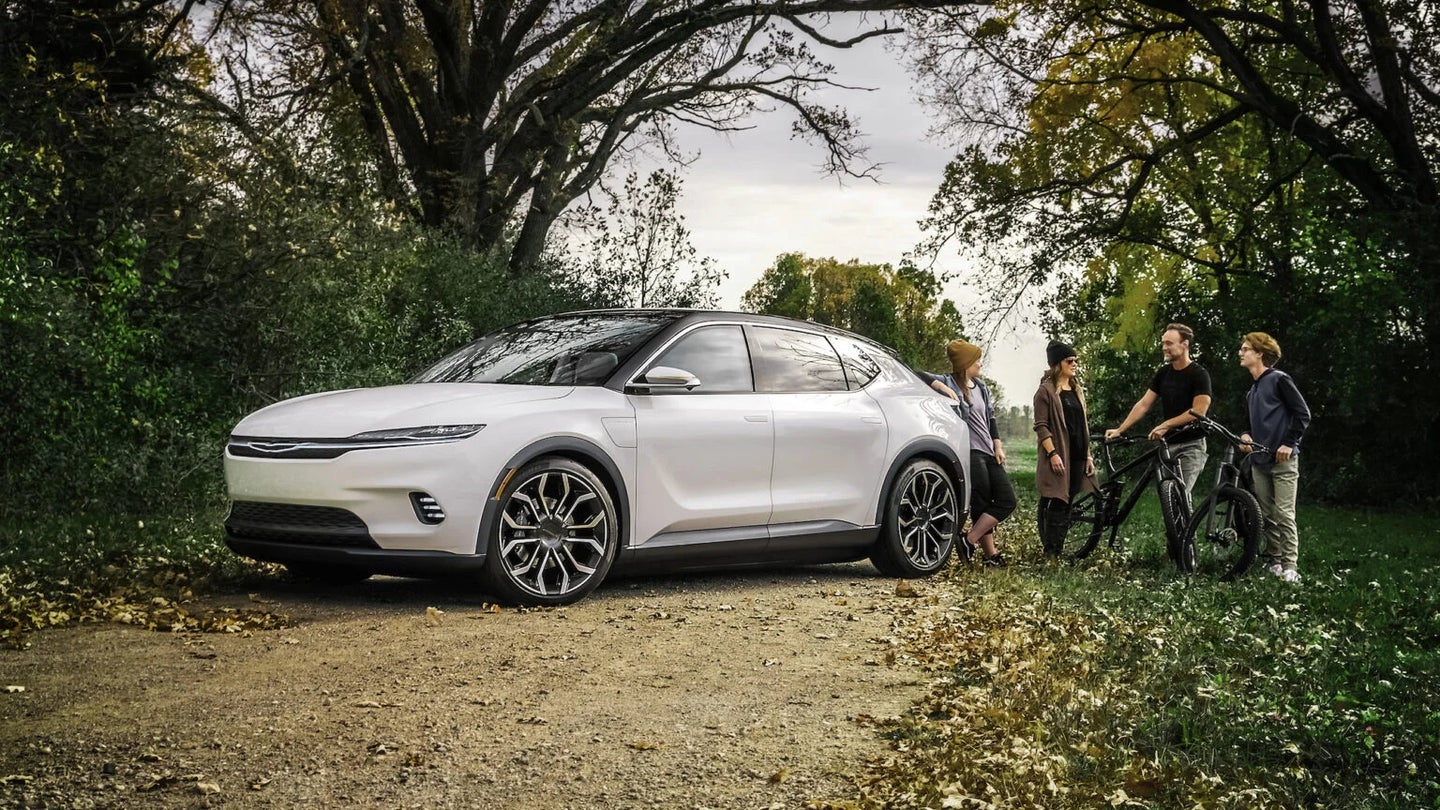Carmakers are pouring billions into producing EV batteries
Stellantis is planning a new Indiana factory, and other automakers are investing heavily in making these crucial components for electric vehicles in the US.

Stellantis, the company in charge of US auto brands Jeep, Chrysler, Dodge, Ram, Fiat, and Alfa Romeo, announced on May 24 that it would be partnering with Samsung to build a new $2.5 billion electric vehicle battery manufacturing facility in Kokomo, Indiana. Stellantis has its sights set on selling five million battery-electric vehicles per year by 2030, and it is going to need a serious boost to achieve that goal; the international conglomerate doesn’t currently offer any electric vehicles for sale in the US.
The location in Kokomo is centrally located for several of Stellantis’ midwest-based vehicle assembly plants, and in close proximity to the company’s supplier base. Construction is scheduled to begin later this year, with production capacity online by 2025. The company projects the new assembly plant will create around 1,400 new jobs, and will be operated as a joint venture alongside brand partner Samsung.
“Just under one year ago, we committed to an aggressive electrification strategy anchored by five gigafactories between Europe and North America,” said Carlos Tavares, CEO of Stellantis, in a release. “Today’s announcement further solidifies our global battery production footprint and demonstrates Stellantis’ drive toward a decarbonized future outlined in Dare Forward 2030.”
So how do Stellantis’ plans stack up against what’s already going on in the EV production landscape?
Tesla currently has the largest EV battery plant in the world, operating its Gigafactory in conjunction with Panasonic outside of Reno, Nevada. So-called Giga Nevada was opened in 2016, and currently produces battery packs for many Tesla vehicles. The $5-billion facility was designed and built by Tesla with around $1.5 billion coming in the form of state aid and deferred taxes. The plant is intended not only to produce new Tesla 2170 nickel manganese cobalt lithium ion battery cells (21mm diameter, 70mm length), but also to recycle used cell materials into new battery packs. Tesla also produces its 4680 batteries at the recently opened Giga Texas plant near Austin, though this factory’s primary purpose is vehicle construction, and will allegedly be the home of Cybertruck production, if that vehicle is produced.
Other automakers are busy in the field, too. General Motors is building its own battery plant with LG in Lansing, Michigan. Ford, likewise, is working with SKI to build an EV battery lab in southeast Michigan. Volkswagen is considering installation of a new battery plant near its US production facility in Chattanooga, Tennessee. Hyundai is spending some $5.5 billion to build a dedicated electric vehicle and battery plant outside of Savannah, Georgia.
Stellantis itself recently announced the construction of a $4.1 billion joint venture plant with LG in Canada. Even newcomer Rivian is looking to expand operations with a new $5 billion plant near Atlanta, Georgia for battery production and vehicle assembly. These new battery production facilities are just the tip of the iceberg when it comes to investment in the future of automobile production.
Many electric car manufacturers buy their battery packs from outside suppliers, like A123, Panasonic, LG, Samsung, and Amperex. In fact, Stellantis already contracts with Amperex, LG, and Samsung to build battery packs for its various global EV and hybrid products. That said, many automakers are following Tesla into the business of producing their own batteries in stand-alone battery factories. This method helps reduce production bottlenecks and decreases cost per unit substantially.
The Stellantis plan for transitioning to an all-EV lineup is led by its European brands: Fiat, Citroën, Peugeot, and Opel in particular. By 2030 the company pledges to only sell EVs in Europe, and at least 50 percent EVs in the US market, with an individual plan for each of its automaker brands to achieve this transition. According to Stellantis, it will have at least 75 BEV nameplates globally, and 25 of those will be available in the US.
The first new battery electric model from the company is scheduled to hit the US market in 2023 as a small urban Jeep, based on its Compass compact crossover. Jeep is, of course, currently seeing lots of success in its plug-in hybrid Wrangler 4xe models, selling them as quickly as it can produce them. During last year’s Stellantis EV Day, Jeep was rebranded with the tagline “Zero Emissions Freedom” and it looks like the company is prepared to deliver on that promise.
Stellantis’ Chrysler brand recently announced the re-introduction of the Airflow model after an 86-year hiatus, as a luxury electric crossover with between 350 and 400 miles of range. The winged brand’s new tagline was introduced last year as “Clean technology for a new generation of families.” Similarly, Ram was rebranded as “Built to serve a sustainable planet” and performance-oriented Dodge now holds the tagline of “Tear up the streets, not the planet.”
This plant in Kokomo will be one of five Stellantis EV battery facilities worldwide. The company’s original plan called for production of around 140 gigawatts of battery storage, but this was expanded to about 400 gigawatts as demand and markets have changed. Not only will Stellantis need all five of these plants to meet growing EV demand, but it will continue to purchase battery packs from outside suppliers.